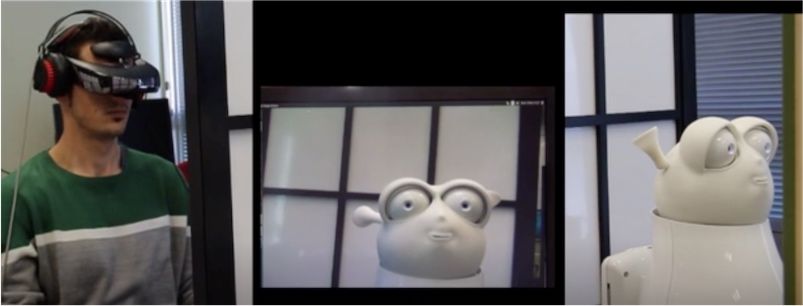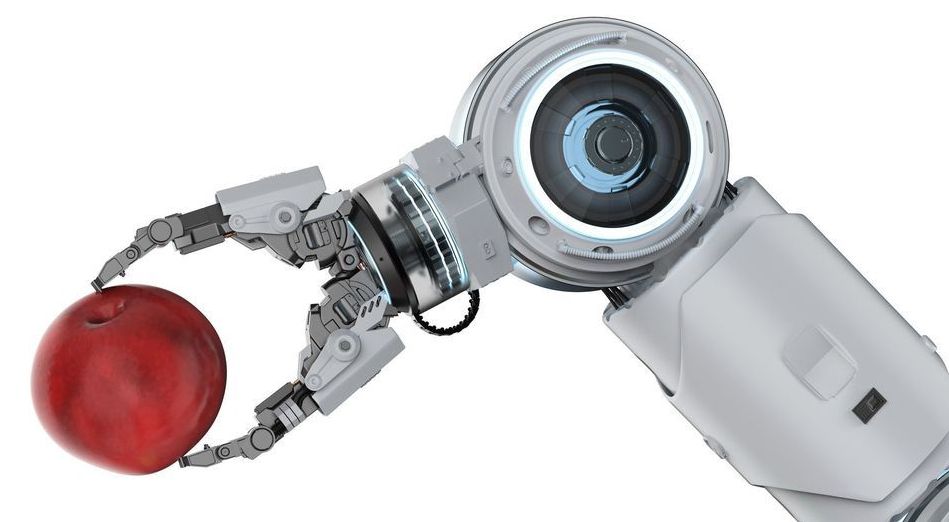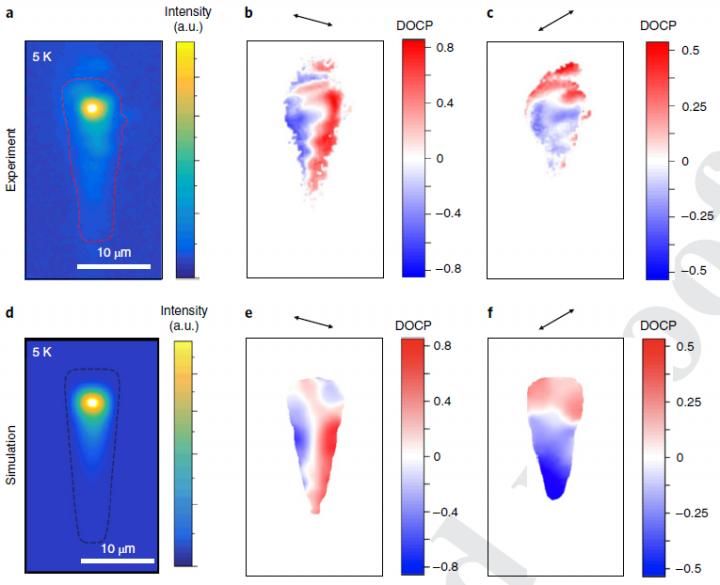Here’s my newest #transhumanism article from Metro; a very personal story:
At aged five, she announced she was in love with the robot and wanted to marry it.
My wife and I set up a mock wedding and filmed it. It was all good fun until my wife asked how I’d feel if my daughter wanted to do this as an adult with a robot she loved.
Kids do lots of crazy things with their imaginative minds that have little bearing on the future. Playing make-believe has been a cornerstone of childhood for millions of kids for generations.
But no generation can claim their kids were adept at using YouTube before they reached 12 months of age, as both my kids were.







